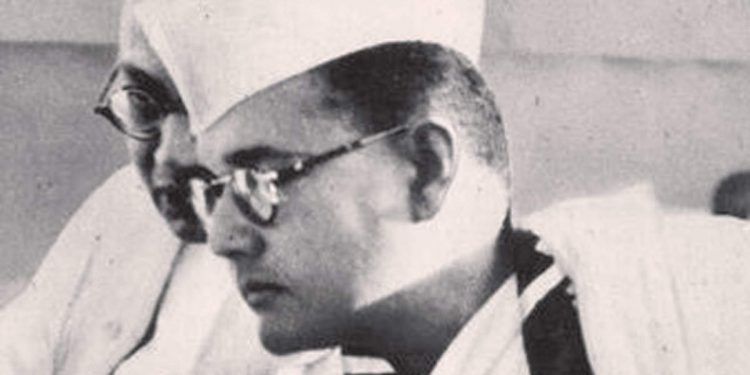New Delhi: Saturday marks the 125th birth anniversary of legendary Indian freedom fighter Netaji Subhas Chandra Bose.
On the occasion of Netaji’s birthday, let’s revisit the mystery surrounding his death and what really happened to his purported ashes.
Here are 5 lesser known facts about it:
- Netaji’s purported ashes are kept in Renko-ji temple, according to Chandra Kumar Bose. This Buddhist temple was built in 1954 inspired by the God of Wealth and Happiness. The ashes were safe-guarded by the temple’s High Priest and now by his son, according to Chandra Bose. From President Rajendra Prasad and Prime Ministers Jawaharlal Nehru to Indira Gandhi and Atal Bihari Vajpayee, all visited the temple during their Japan visit, giving credence to the theory that these, indeed, were Netaji’s ashes.
- Former Additional Secretary in the Ministry of External Affairs, Ajai Choudhry, had said the box containing Netaji’s ashes was kept in a cupboard in the premises of the temple. So what happens if a visitor wants to see it? Well, then the box is taken out and placed between two candles.
- The ashes were preserved in a small tin or wood box, according to the Indian Embassy in Tokyo. Replying to an RTI application in a letter, dated March 2, 2007, on “ashes and other remains of Netaji”, the MEA said: “According to the reports from the Indian Mission in Tokyo, the ashes were preserved in small box of about 9 inches by 6 inches which seem to be either made of tin or wood.”
- There are government communications dating back to 1954 where Netaji’s ashes were discussed. A note (UO No D/S13170) was sent on December 2, 1954 by M.O. Mathai, then Secretary to Prime Minister Nehru, which stated: “A small amount of Rs 200-odd were received by Minister of External Affairs from our embassy in Tokyo along with the ashes and other remains of Netaji Subhas Chandra Bose.”
- Then Union Minister Pranab Mukherjee had met Netaji’s widow Emilie Schenk in Germany on October 21, 1995 following which he wrote to then Prime Minister P.V. Narasimha Rao about the ashes. Declassified Netaji files show how eager Schenk was that the ashes are brought back to India. “I feel that Netaji’s widow and daughter are keen that an early solution be found to the issue of return of Netaji’s ashes to India,” wrote Mukherjee in a confidential letter that year.
Decades have passed, numerous RTI pleas filed and confidential top secret documents declassed but Netaji’s purported ashes continue to remain in Japan, in a small box, shrouded in mystery and away from the public acknowledgement they deserve.
IANS






































